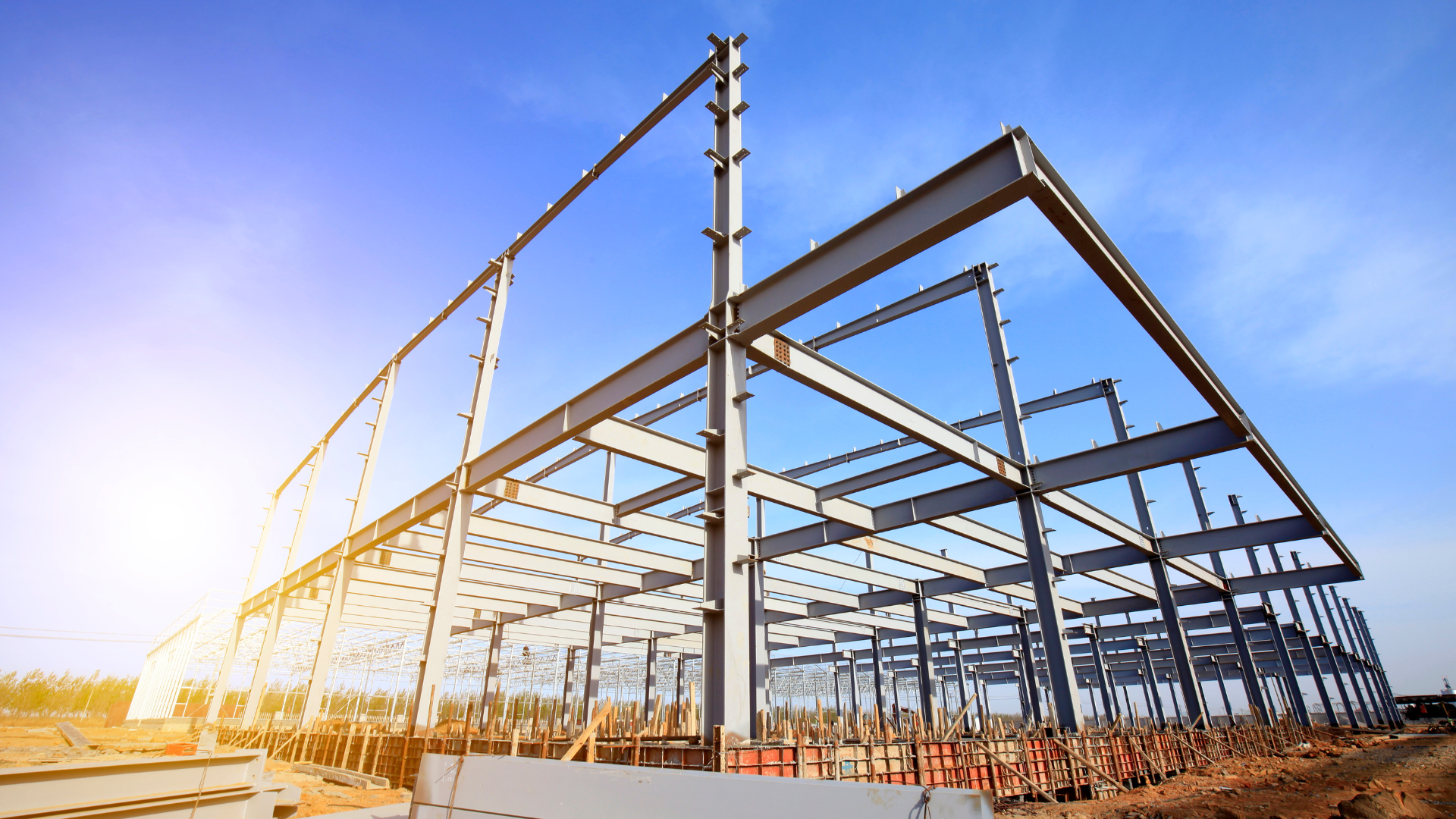In the world of modern construction, durability and sustainability are top priorities for architects, engineers, and property owners alike. One of the most reliable ways to achieve these goals is through Steel structure design. Steel has long been recognized as a material that offers superior strength, flexibility, and resilience compared to traditional building materials. When designed and implemented properly, it not only extends the lifespan of a building but also ensures long-term safety, cost savings, and reduced maintenance.
Why Steel Structure Design Matters
The foundation of any durable building lies in its structural framework. Steel structures are engineered to withstand extreme environmental conditions, seismic activity, and heavy loads. Unlike wood or concrete, steel resists warping, cracking, and pest damage, making it an ideal choice for projects where longevity is a key concern. By incorporating thoughtful design principles, steel structures are optimized for performance and sustainability, ensuring that buildings remain functional for decades with minimal intervention.
Key Benefits of Steel Structure Design for Longevity
Exceptional Strength and Durability
Steel has one of the highest strength-to-weight ratios of any construction material. This means a building designed with steel can support significant loads without requiring bulky or heavy support systems. Its resistance to corrosion, moisture, and weathering enhances the structure’s durability, especially when treated with protective coatings. Over time, this strength translates into fewer repairs and an extended building lifecycle.
Resistance to Environmental Stress
Buildings are constantly exposed to environmental pressures such as wind, rain, snow, and seismic activity. Steel structure design incorporates flexibility and load distribution to help buildings withstand these challenges. Unlike brittle materials that may crack under stress, steel bends slightly without breaking, which is crucial for earthquake-prone regions. This resilience directly contributes to a longer lifespan.
Reduced Maintenance Costs
One of the major advantages of using steel is its low maintenance requirements. A properly designed and fabricated steel structure requires minimal upkeep compared to alternatives like wood or reinforced concrete, which can suffer from rot, mold, or spalling. Routine inspections and minor protective treatments are usually sufficient to keep the structure in optimal condition. This not only prolongs the life of the building but also saves property owners significant costs over time.
How Steel Structure Design Enhances Longevity
Corrosion Protection in Steel Structures
While steel is strong, it is also susceptible to rust if left untreated. Modern steel structure design accounts for this by including protective coatings, galvanization, and advanced paints that shield steel from moisture and oxygen exposure. Noble Steel uses cutting-edge anti-corrosion treatments to ensure that every project meets the highest durability standards.
Energy Efficiency and Sustainability
Longevity is not just about physical strength but also about how a building remains functional in a resource-conscious world. Steel is 100% recyclable, making it an eco-friendly choice that reduces environmental impact. Moreover, steel’s ability to accommodate modern insulation and energy systems ensures buildings remain energy-efficient over time, reducing operating costs and promoting sustainability.
Design Flexibility for Future Adaptations
A unique aspect of steel structure design is its adaptability. Buildings often require modifications, expansions, or repurposing as needs evolve. Steel frameworks can be easily adjusted or reinforced without compromising their integrity. This flexibility ensures the structure can remain in use for generations, adapting to changing demands without requiring full demolition or reconstruction.
Comparing Steel to Traditional Building Materials
Steel vs. Concrete
While concrete is widely used in construction, it can crack and deteriorate over time, especially in harsh climates. Steel, on the other hand, provides superior tensile strength and can be fabricated into lighter yet stronger components. With proper protective measures, steel resists degradation far better than concrete, making it the more durable option.
Steel vs. Wood
Wood has aesthetic appeal but is prone to pests, rot, and fire hazards. Steel eliminates these risks, providing a safer and longer-lasting solution. Unlike wood, steel does not expand or contract significantly due to temperature changes, ensuring greater structural stability over time.
Real-World Applications of Steel Structure Design
Industrial and Commercial Buildings
Factories, warehouses, and office complexes often rely on steel structure design because of its capacity to handle heavy equipment, wide spans, and demanding usage conditions. The long-lasting nature of steel makes it ideal for businesses seeking a cost-effective, low-maintenance solution.
Residential Projects
Steel is increasingly being adopted in residential construction. From multi-story apartments to modern steel-framed homes, its ability to provide safety, durability, and sustainability appeals to homeowners who want longevity without constant repairs.
Infrastructure Projects
Bridges, airports, and stadiums often utilize steel structures due to their ability to support massive loads and withstand decades of use. These projects showcase the unmatched durability and performance of steel in demanding applications.
Role of Noble Steel in Delivering Long-Lasting Solutions
At Noble Steel, we understand that building longevity starts with expert planning and execution. Our approach to steel structure design prioritizes quality, precision, and innovation. By combining advanced engineering techniques with durable materials, we deliver projects that not only meet today’s needs but also stand strong for generations. Whether it’s a commercial facility, residential property, or infrastructure project, we provide solutions that maximize durability, efficiency, and value.
Future Trends in Steel Structure Design
Smart Integration
As technology advances, steel structures are being designed with integrated smart systems for monitoring structural health. These innovations help detect early signs of wear or stress, enabling timely maintenance and further extending building lifespans.
Green Construction Practices
Sustainability is becoming a cornerstone of modern construction. Steel plays a crucial role by supporting green building practices, such as energy-efficient insulation, solar integration, and recycling initiatives. Future designs will continue to leverage steel’s adaptability to meet evolving environmental standards.
Modular and Prefabricated Solutions
Prefabrication and modular steel construction are gaining traction for their efficiency and precision. These methods not only reduce construction time but also enhance quality control, ensuring structures are built to last.
Conclusion: Building a Long-Lasting Future with Steel
When it comes to achieving long-lasting, reliable, and sustainable buildings, steel structure design stands out as the ultimate solution. Its strength, adaptability, and resistance to environmental challenges ensure that structures endure for generations with minimal upkeep. By choosing expert partners like Noble Steel, property owners and developers can rest assured that their investment is protected with cutting-edge solutions designed for the future. If you want a building that balances durability, efficiency, and sustainability, the answer lies in steel structure design.



